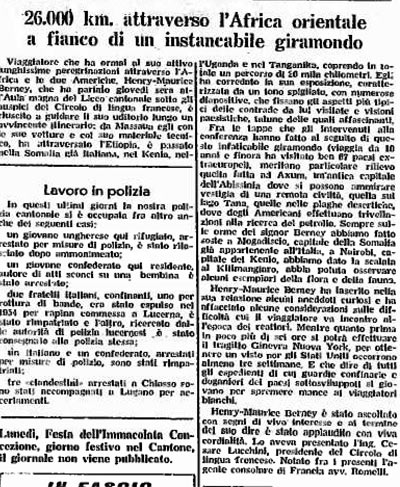- Alias-Pseudonimo-Pseudonyme: -
- Nationality-Nazionalità-Nationalité: USA
- Birth/death-Nascita/morte-Naissance/mort: -
- Means of transport-Mezzo di trasporto-Moyen de transport: On foot, A piedi, A pied
- Geographical description-Riferimento geografico-Référence géographique: USA
- Additional references-Riferimenti complementari-Références complémentaires: The Oregon Daily Journal, February 26, 1915, page 5.
- Alias-Pseudonimo-Pseudonyme: -
- Nationality-Nazionalità-Nationalité: Germany, Germania, Allemagne
- Birth/death-Nascita/morte-Naissance/mort: -
- Means of transport-Mezzo di trasporto-Moyen de transport: Wagon, Carro, Char
- Geographical description-Riferimento geografico-Référence géographique: Germany, Germania, Allemagne
- Inscriptions-Iscrizioni-Inscriptions: Köln a. Rhein
- Alias-Pseudonimo-Pseudonyme: -
- Nationality-Nazionalità-Nationalité: UK, Inglese, Anglais
- Birth/death-Nascita/morte-Naissance/mort: 1868-1926
- Means of transport-Mezzo di trasporto-Moyen de transport: Various, Diversi, Différents
- Geographical description-Riferimento geografico-Référence géographique: Around the World, Giro del mondo, Tour du monde
- Internet: http://www.gerty.ncl.ac.uk
- Wikidata: https://www.wikidata.org/wiki/Q231360
- Additional references-Riferimenti complementari-Références complémentaires: Wallach J., Desert Queen, Anchor Books, 2005.
- Alias-Pseudonimo-Pseudonyme: -
- Nationality-Nazionalità-Nationalité: Italy, Italia, Italie
- Birth/death-Nascita/morte-Naissance/mort: 1902-1979
- Means of transport-Mezzo di trasporto-Moyen de transport: Various, Diversi, Différents
- Geographical description-Riferimento geografico-Référence géographique: Around the World, Giro del mondo, Tour du monde
- Internet: https://it.wikipedia.org/wiki/Vittorio_Beonio_Brocchieri
- Wikidata: https://www.wikidata.org/wiki/Q4015296
- Additional references-Riferimenti complementari-Références complémentaires: Beonio Brocchieri Vittorio, Viaggio attorno al mondo, Milano, Mondadori, 1933. Al vento delle steppe. Beonio Brocchieri Vittorio, Il mio volo attraverso la Russia sovietica, Milano, Hoepli, 1935.
- Alias-Pseudonimo-Pseudonyme: Overland Westerners
- Nationality-Nazionalità-Nationalité: USA
- Birth/death-Nascita/morte-Naissance/mort: -
- Means of transport-Mezzo di trasporto-Moyen de transport: On horseback, A cavallo, A cheval
- Geographical description-Riferimento geografico-Référence géographique: USA
- Inscriptions-Iscrizioni-Inscriptions: First to ride horseback to all fifty states. George and his horse, Pinto, made their historic ride in 1912. They ended their ride in San Francisco, expecting a hero's welcome. Instead, they were hardly noticed. They both died tragic deaths without fame or fortune
- Alias-Pseudonimo-Pseudonyme: -
- Nationality-Nazionalità-Nationalité: -
- Birth/death-Nascita/morte-Naissance/mort: -
- Means of transport-Mezzo di trasporto-Moyen de transport: On horseback, A cavallo, A cheval
- Geographical description-Riferimento geografico-Référence géographique: Americas, Americhe, Amérique
- Internet: http://www.thelongridersguild.com/Beker-story.htm
- Inscriptions-Iscrizioni-Inscriptions: Ana Beker, The Courage to Ride: One Woman's 17,000-Mile Mounted Odyssey from Argentina to Canada, Paperback, 2001
- Alias-Pseudonimo-Pseudonyme: Truda Benham
- Nationality-Nazionalità-Nationalité: UK, Inglese, Anglais
- Birth/death-Nascita/morte-Naissance/mort: 1867-1938
- Means of transport-Mezzo di trasporto-Moyen de transport: Various, Diversi, Différents
- Geographical description-Riferimento geografico-Référence géographique: Around the World, Giro del mondo, Tour du monde
- Internet: https://en.wikipedia.org/wiki/Gertrude_Benham
- Wikidata: https://www.wikidata.org/wiki/Q16014284
- Additional references-Riferimenti complementari-Références complémentaires: Benham, Gertrude E. Auntie’s Travels. London: [s.n.], 1938. Fleming, Fergus. Off the Map: Tales of Endurance and Exploration. New York: Grove Press, 2001. Plymouth City Museum and Art Gallery. Gertrude Benham Collection. Plymouth: Plymouth City Council, 1939.
- Alias-Pseudonimo-Pseudonyme: -
- Nationality-Nazionalità-Nationalité: Switzerland, Svizzera, Suisse
- Birth/death-Nascita/morte-Naissance/mort: -
- Means of transport-Mezzo di trasporto-Moyen de transport: Bike, Bicicletta, Vélo
- Geographical description-Riferimento geografico-Référence géographique: Various, Diversi, Différents
- Internet: https://sebaflovelo.wordpress.com
- Multimedia: http://www.rsi.ch/rete-uno/programmi/informazione/albachiara/Fondazione-Amilcare-una-speranza-per-gli-adolescenti-6440602.html
- Additional references-Riferimenti complementari-Références complémentaires: Dalla Thailandia a Parigi, Intervista a Rete1
- Alias-Pseudonimo-Pseudonyme: Overland Westerners
- Nationality-Nazionalità-Nationalité: -
- Birth/death-Nascita/morte-Naissance/mort: -
- Means of transport-Mezzo di trasporto-Moyen de transport: On horseback, A cavallo, A cheval
- Geographical description-Riferimento geografico-Référence géographique: USA
- Inscriptions-Iscrizioni-Inscriptions: First to ride horseback to all fifty states. George and his horse, Pinto, made their historic ride in 1912. They ended their ride in San Francisco, expecting a hero's welcome. Instead, they were hardly noticed. They both died tragic deaths without fame or fortune
- Alias-Pseudonimo-Pseudonyme: -
- Nationality-Nazionalità-Nationalité: Canada
- Birth/death-Nascita/morte-Naissance/mort: -
- Means of transport-Mezzo di trasporto-Moyen de transport: On foot, A piedi, A pied
- Geographical description-Riferimento geografico-Référence géographique: Around the World, Giro del mondo, Tour du monde
- Internet: http://www.wwwalk.org
- Wikidata: https://www.wikidata.org/wiki/Q2562469
- Alias-Pseudonimo-Pseudonyme: The Man in the Iron Mask; The Masked Walker
- Nationality-Nazionalità-Nationalité: UK, Inglese, Anglais
- Birth/death-Nascita/morte-Naissance/mort: 1876-1956
- Means of transport-Mezzo di trasporto-Moyen de transport: -
- Geographical description-Riferimento geografico-Référence géographique: Around the World, Giro del mondo, Tour du monde
- Internet: https://en.wikipedia.org/wiki/Harry_Bensley
- Multimedia: http://www.bbc.co.uk/radio4/history/making_history/making_history_20071218.shtml
- Wikidata: https://www.wikidata.org/wiki/Q5667285
- Inscriptions-Iscrizioni-Inscriptions: The man with the iron mask walking round the world for a $21'000 wager
- Alias-Pseudonimo-Pseudonyme: -
- Nationality-Nazionalità-Nationalité: -
- Birth/death-Nascita/morte-Naissance/mort: -
- Means of transport-Mezzo di trasporto-Moyen de transport: -
- Geographical description-Riferimento geografico-Référence géographique: Americas, Americhe, Amérique
- Additional references-Riferimenti complementari-Références complémentaires: 26'000 km attraverso l'Africa orientale a fianco di un instancabile giramondo, Corriere del Ticino, 6 dicembre 1958
Most read
- I migliori 10 siti per il turista “fai da te”: organizzare e condividere le proprie esperienze con i nuovi media
- Citazioni e aforismi sul viaggio e sul turismo
- Travel related world records
- Traveling with caution: Destinations to avoid
- Travel & Flavours, A Culinary Odyssey
- I migliori sapori da sperimentare in viaggio
Popular Tags
Impressum
Copyright 2016-2025 Museum of Travel and Tourism (MTT)
Contact contact@museumoftravel.org
Source citation "Museum of Travel and Tourism, museumoftravel.org"
Info Developed by www.rhpositive.net. Logo: icons www.flaticon.com. Translations Openai ChatGPT. Images Midjourney and ChatGPT, unless otherwise specified

 Deutsch
Deutsch  Italiano
Italiano  Français
Français  English
English 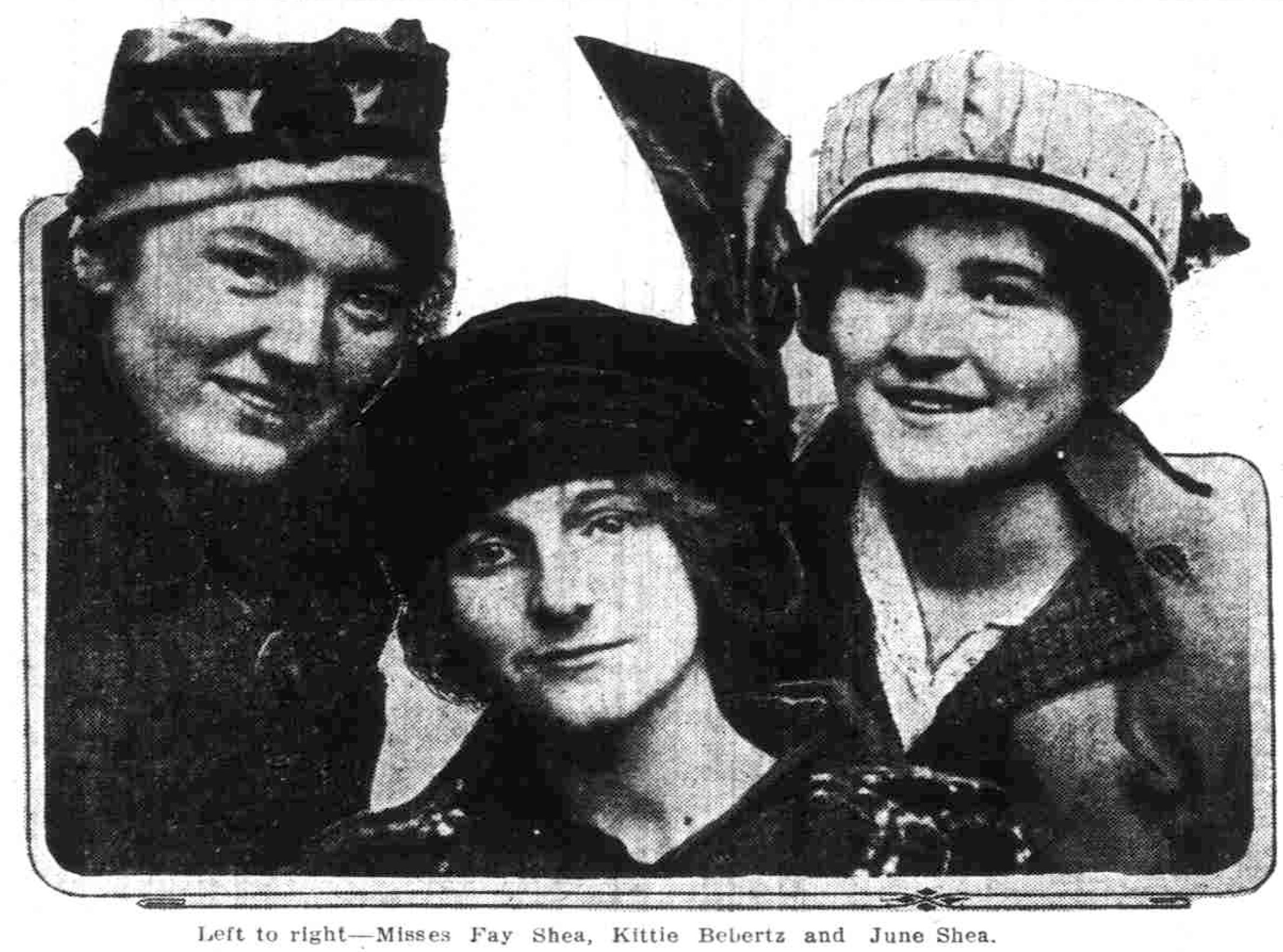
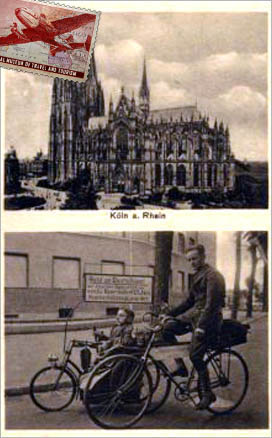
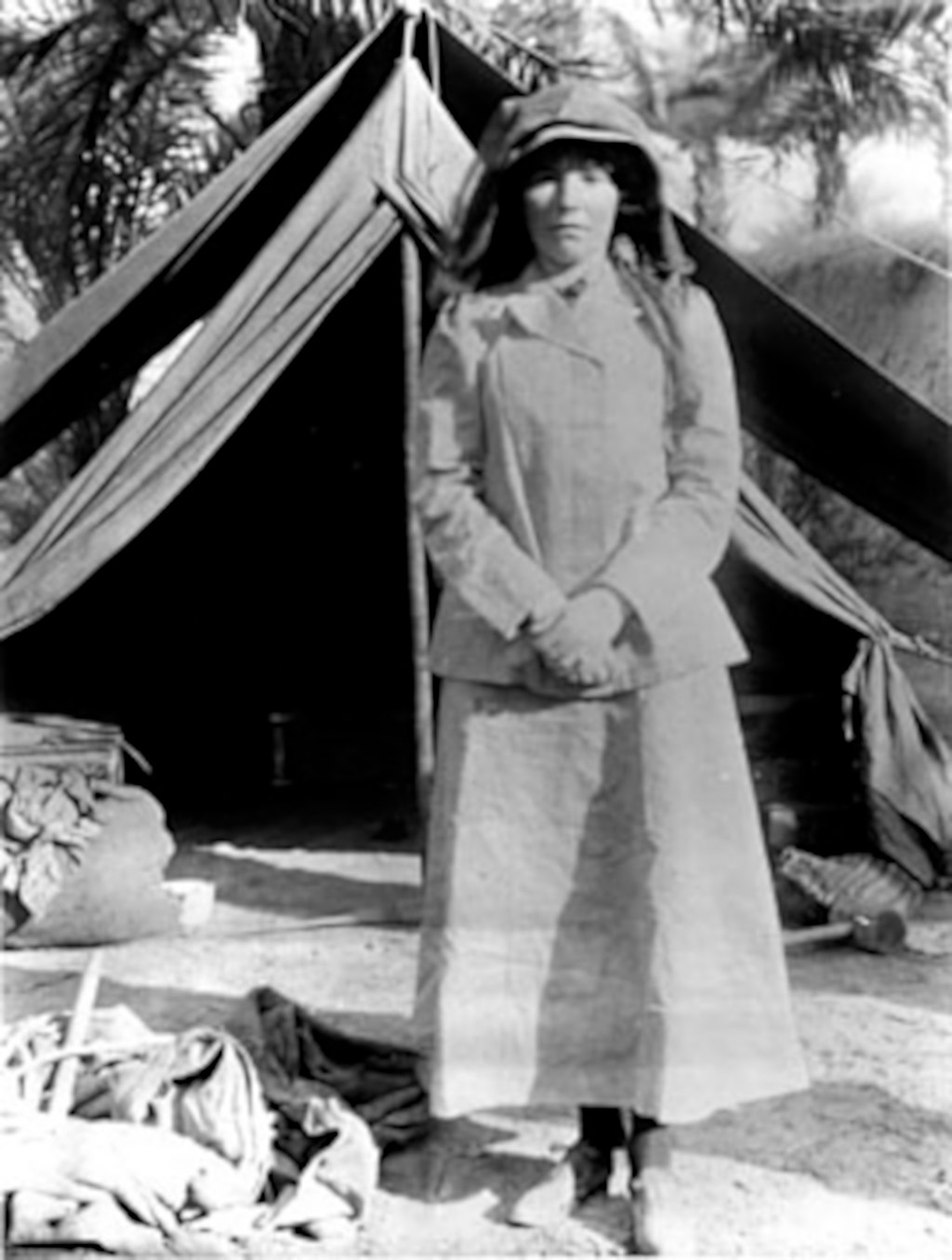
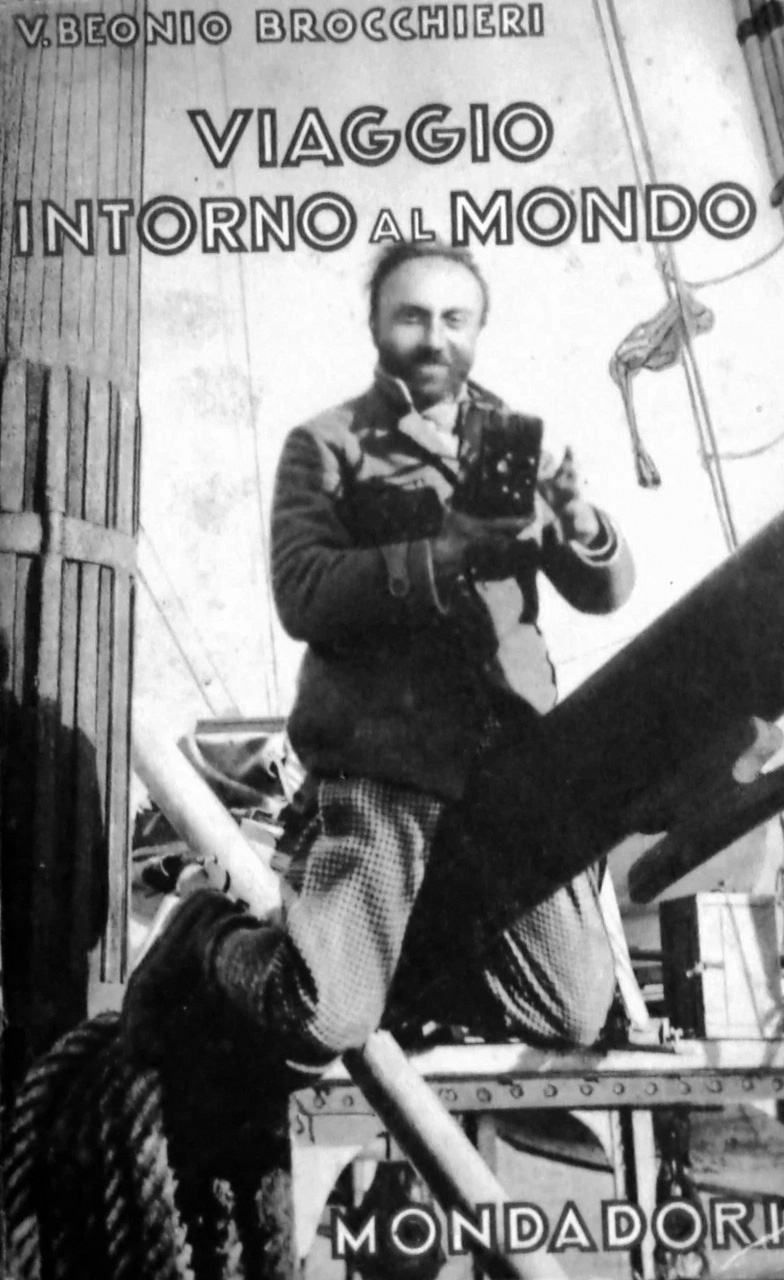
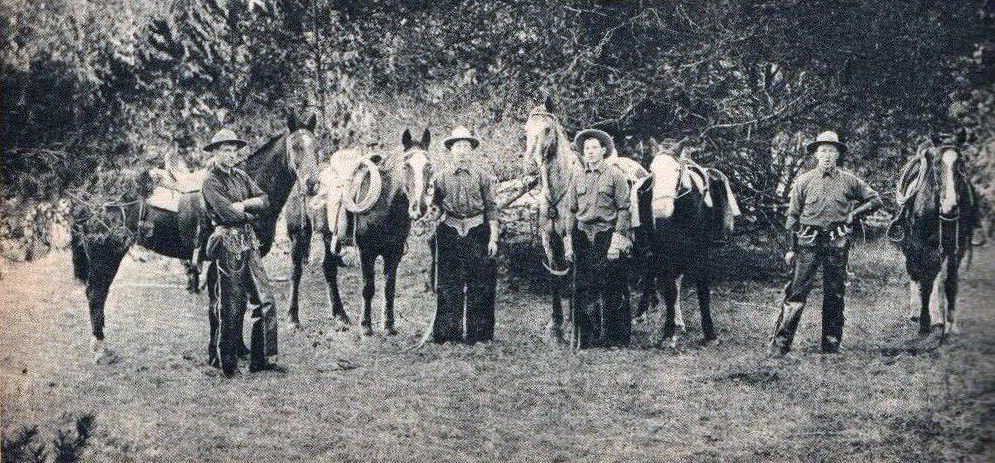

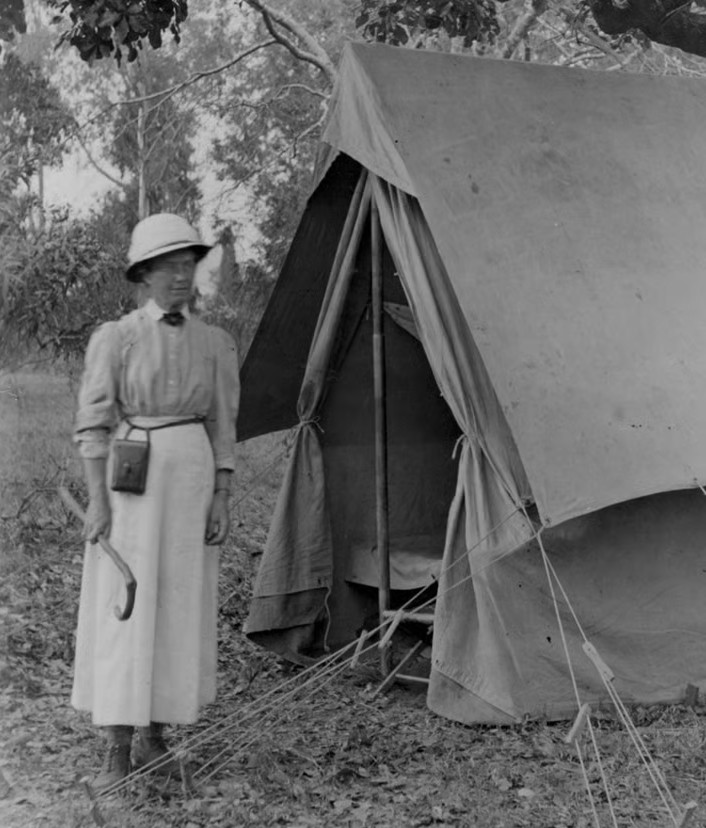
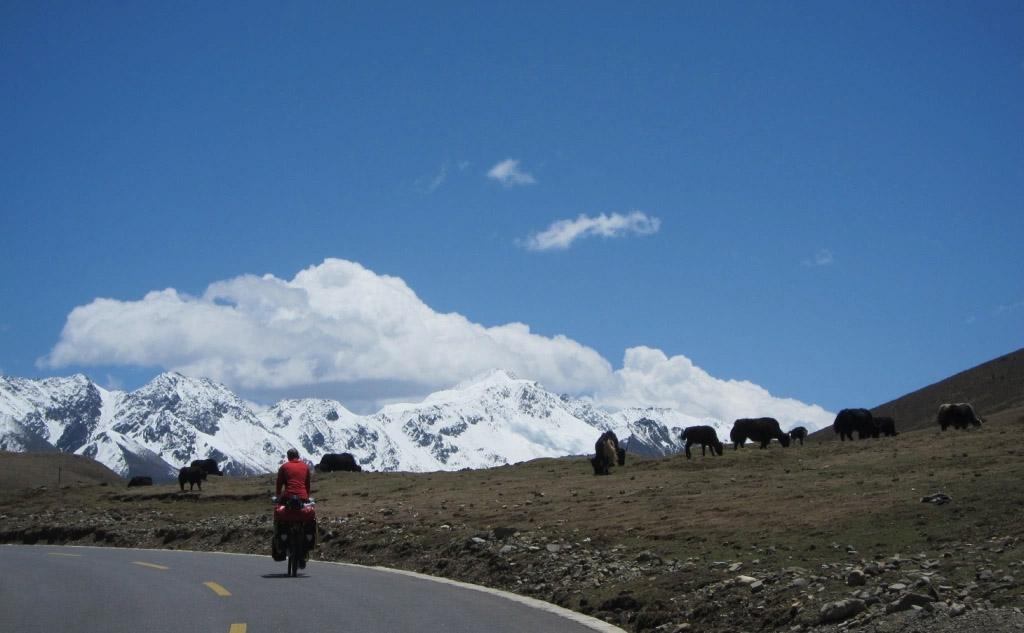
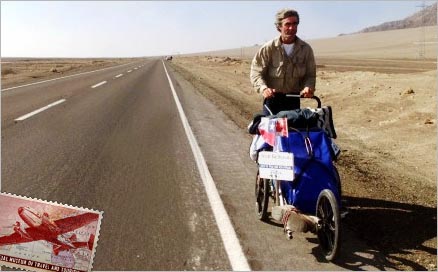
.jpg)
